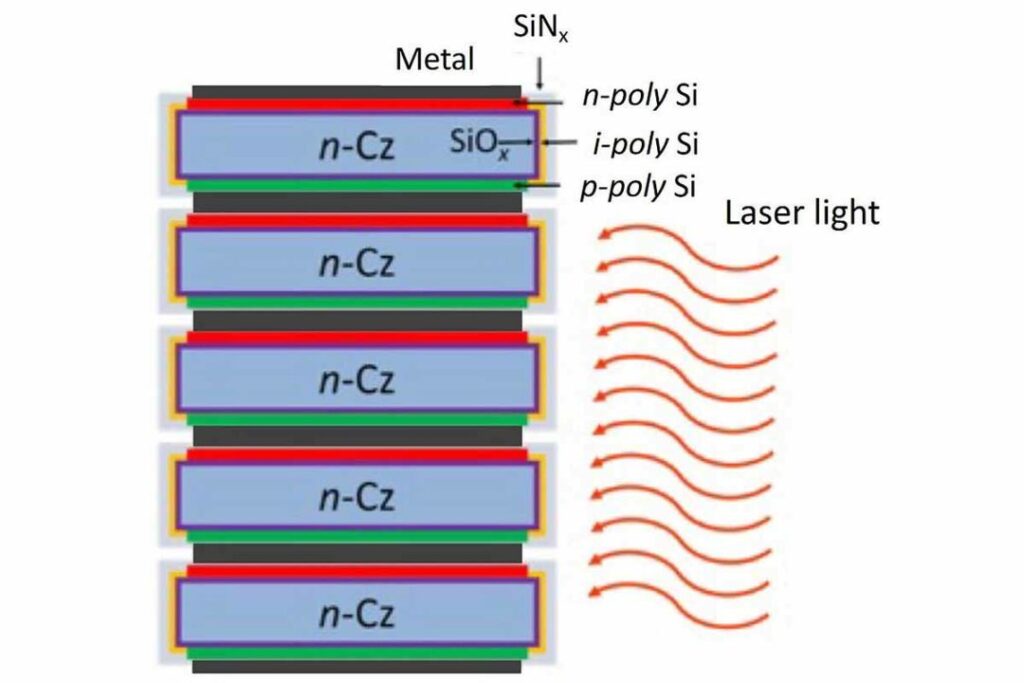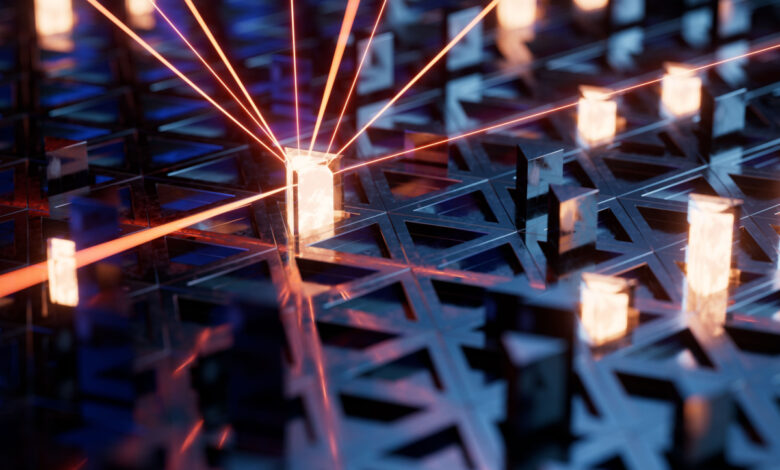In the vast panorama of renewable energies, every now and then it is possible to see a solution that promises to change the way we see things. Today it's a mini solar panel that has a special trick up its sleeve: laser light.
We see photovoltaics seen in a different light
The world of photovoltaic energy is in turmoil. A team of brilliant minds from National Renewable Energy Laboratory (NREL), an entity of the US Department of Energy, has announced a sea change.
Researchers have developed mini cells capable of operating with laser light: their research, published in the prestigious journal Solar Energy Materials and Solar Cells (I link it to you here), shows a technology that is not only innovative, but also economical. And the icing on the cake? There is no need for complex processes like lithography. A simple laser trace does it all. Nice is not it?
The 'secret' ingredient of solar laser? Silicon
Exactly him: that mineral that we find almost everywhere on our planet. Paul Stradins, the brains behind this invention used silicon as a key component. But let's not stop here. These mini panels, with their extraordinarily low contact resistance, are perfect for operation in the scorching sun.
And for the more technical among you, they experimented with a very thin layer of silicon dioxide around 1,5 nm (nanometers). Continuous?
Okay. They had these mini solar cells and found they could combine them into micromodules by simply stacking them. During testing, they used ten of these cells, but theoretically they could use as many as they wanted. And it doesn't end here. By exposing the panel to a laser beam of around 10.000 nm, they found that the efficiency of converting light into energy exceeds 40%. And the tension? Over 7V. Numbers that might seem abstract to some of you, but believe me, they are great news.

Yes, but what's the use?
Well, now that we understand the science behind it, let's get to the point. What is all this for? The team's enthusiasm is palpable. Imagine being able to transfer 25 W of power to a module of just 10 cm^2 with a 12 kW laser from a kilometer away.
The potential is immense. We are talking about wireless data transmission in particular environments or powering and charging medical implants. The potential of this technology is immense, and we can't wait to see where it takes us.
Science fiction is becoming reality before our eyes.


